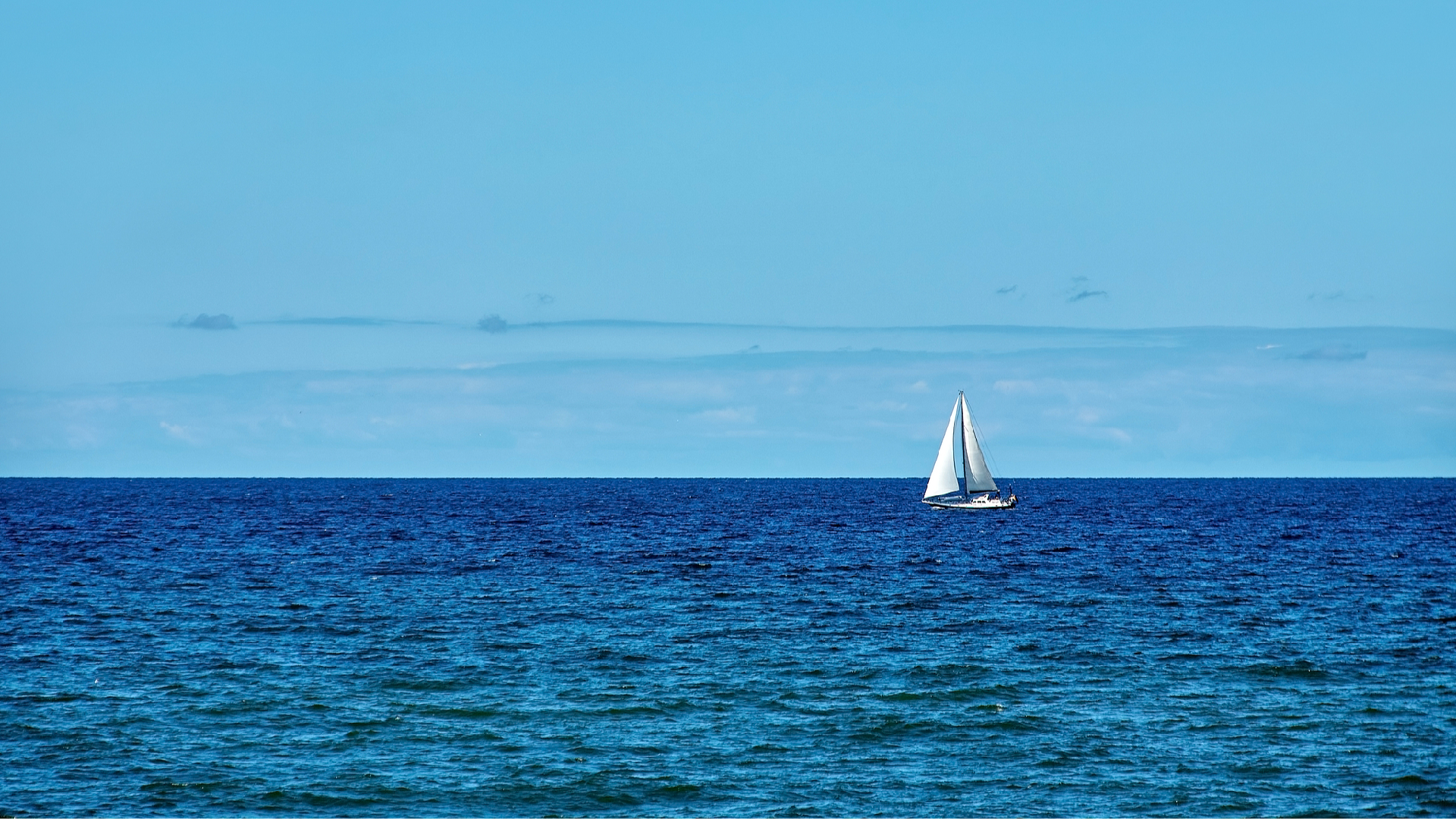Revitalizing the Baltic Sea: A Groundbreaking Experiment
A collaboration between a team of European scientists and two pioneering startups is launching a groundbreaking experiment aimed at tackling one of the most critical threats to marine life: ocean deoxygenation.

This urgent issue, which is resulting in dwindling fish populations and diminishing biodiversity, is also a prominent subject at the forthcoming United Nations Biodiversity Conference in Colombia.
Researchers from Stockholm University, the French firm Lhyfe, and the Finnish startup Flexens are joining forces on the Baltic Sea Oxygenation and the Super-Green Hydrogen Economy project. The primary objective of this initiative is to restore oxygen levels in the Baltic Sea through hydrogen production at sea.
This novel strategy presents a possible remedy for the asphyxiation posing a threat to the marine ecosystem of this crucial body of water, bordered by nine Northern European nations.
Oxygen is vital for the survival of underwater life. "But for more than 50 years, its concentrations have been decreasing," noted Christophe Rabouille, a scientist at France's National Centre for Scientific Research.
According to the International Union for Conservation of Nature, the decrease in oxygen has two primary causes.
The first is the warming of oceans due to climate change, leading to lower oxygen levels in warmer waters, which also see organisms requiring more oxygen.
The second cause is eutrophication, where fertilizer runoff, sewage, animal waste, aquaculture, and nitrogen deposits from fossil fuel combustion create excessive algal blooms. As this algae decomposes, it generates significant quantities of CO2, depleting oxygen in the water.
The central Baltic, a semi-enclosed sea surrounded by agricultural and industrial nations, "is one of the largest dead spots in the world... basically an ecological desert," stated Alf Norkko from the University of Helsinki.
The BOxHy project, which has garnered support from the UN as part of a decade-long initiative focused on sustainable ocean development, aims to explore the feasibility of injecting gaseous oxygen into deeper waters—a technique already utilized in some freshwater lakes in North America.
"Restoring oxygen conditions in deep waters through long-term additions would have many positive effects on the Baltic Sea ecosystem," such as extending the habitat for cod breeding, remarked Jakob Walve from Stockholm University, who is connected with the project.
Currently, the project is in its preliminary phases, with researchers focused on determining the specifics of how, how much, and at what rate the injection would occur, in addition to evaluating its impact on marine fauna and flora.
The second phase of BOxHy will involve implementing a pilot project anticipated to span five to six years, scheduled to commence in 2025, as outlined by Szilvia Haide of Flexens, who is overseeing it. The pilot's goal is to establish the oxygen injection method and assess its environmental and biodiversity effects.
Although the project presents a hopeful avenue for addressing ocean deoxygenation, it is crucial to acknowledge that it is a long-term undertaking.
Estimations by Lhyfe CEO Matthieu Guesne indicate that approximately 30 offshore platforms would be necessary to fully reoxygenate the Baltic, with a timeline of 20 to 30 years expected. The success of this effort will also hinge on the agricultural sector and its fertilizer usage.
Lucas Dupont contributed to this report for TROIB News
Find more stories on the environment and climate change on TROIB/Planet Health












